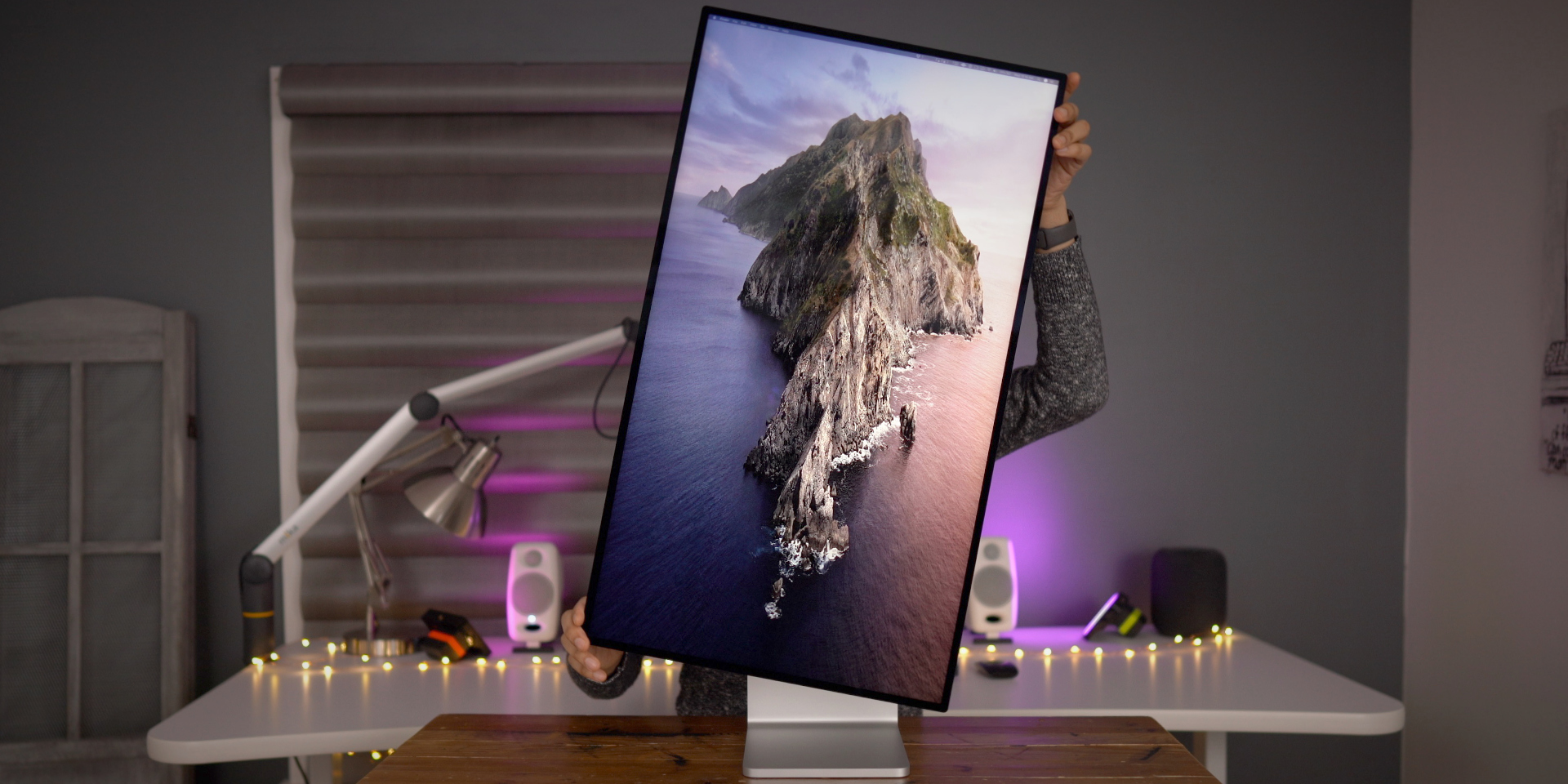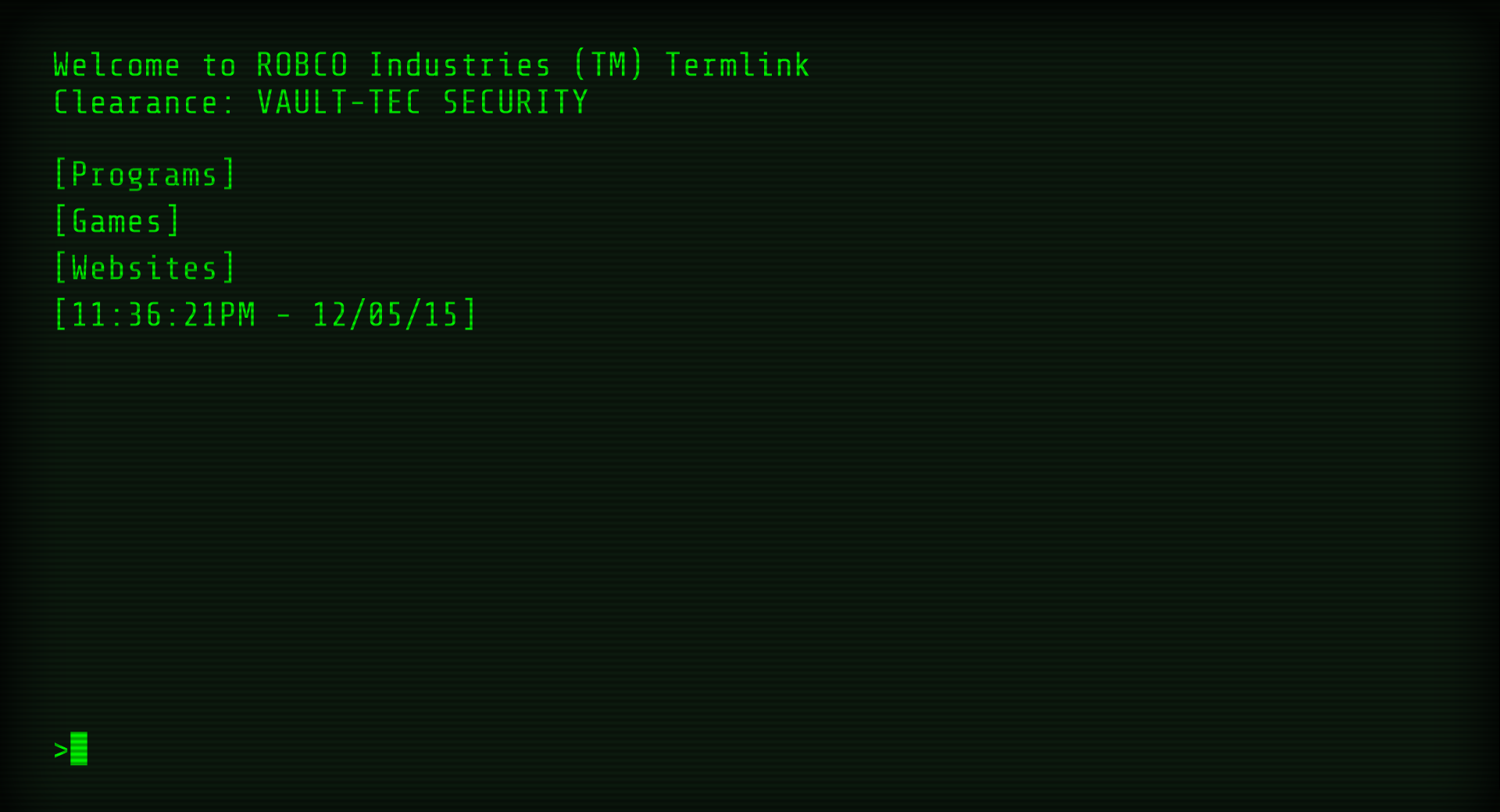

HDMI cable (looks similar to a USB connection) as these are digital cables and will provide better picture quality. Ensure the cables are plugged in securely on both ends.ĭVI cable (typically white at both ends) or an VGA connection (typically blue on both ends) the cords can cause screen flicker and/or picture degradation. Check the Video Cables that run from your computer to your monitor.Click Apply and check to see if the issue is resolved.Note: If you cannot change the refresh rate, proceed to the next step.

For example, if it is set to 60, change it to 59, or 75. Change the Refresh Rate to anything other than what it was set to before.Select the Monitor tab on the top of the new window.Right-click on the monitor that is flickering and choose Properties.For most people on most displays, the recommended option will provide the best picture clarify and reduce the chance for picture-related issues on the monitor. Note: changing the resolution will change the way things appear on the screen.Click in the Resolution box and ensure the slider is at the Recommended Resolution.If necessary, click on Identify to see which monitor is which, by matching the number that is displayed on the screen after clicking Identify with the number showed on the window. Click on the monitor that is having issues.Right-click on an empty area of the Desktop and choose Screen Resolution.This guide walks through checking these issues. Screen flicker is usually caused by improper resolution, refresh rate, or issues with cabling between the computer and the monitor. Help options - 5 groups of items - 17 total selectionsĭescription: This is a Windows 7 troubleshooting article on the topic of resolving issues with screen flicker in Windows 7. PC Parts options - 10 groups of items - 47 total selectionsĮlectronics options - 12 groups of items - 61 total selectionsĪccessories options - 10 groups of items - 50 total selections


 0 kommentar(er)
0 kommentar(er)
